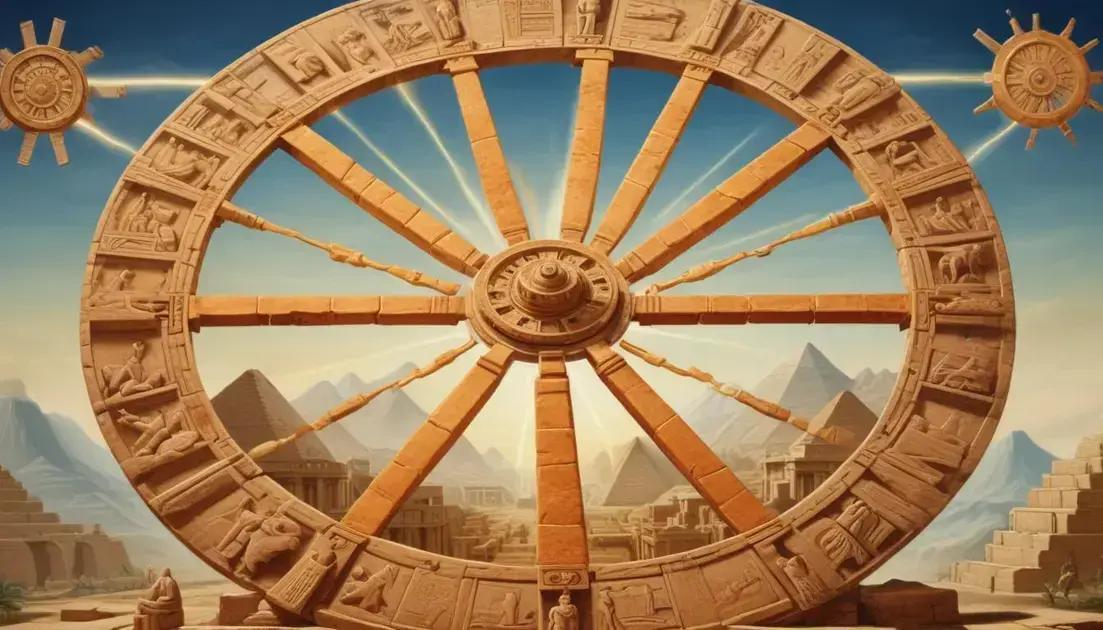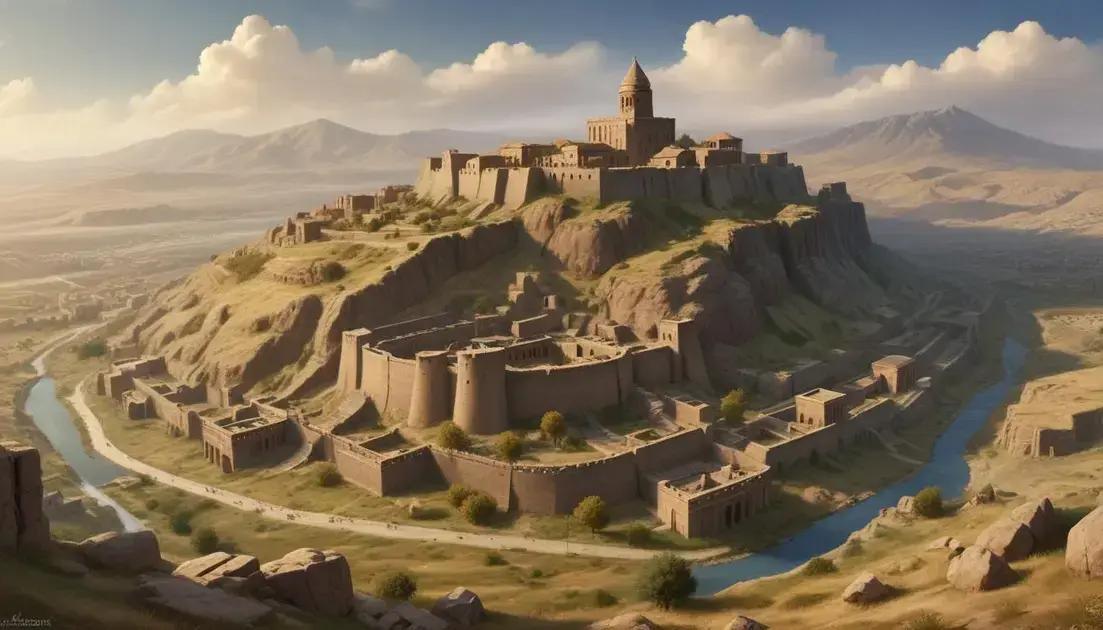
The Invention of the Wheel: The Engine of Civilization
The invention of the wheel has had a profound impact on civilization, revolutionizing transport and trade since its creation in ancient times. This essential technology has influenced cultural developments and technological advancements, enhancing efficiency and connectivity in societies. Today, wheels are integral to various modern applications, from vehicles to machinery, demonstrating their enduring significance in our daily lives.
The invention of the wheel changed everything, right? Just imagine ancient civilizations, hustling and bustling, but then suddenly they conjure up this game-changing tool!
Introduction to the Wheel
The wheel is one of the oldest inventions in human history. It made daily tasks easier and paved the way for many innovations. Imagine life without it! Before the wheel, moving heavy items was a real challenge. People used sledges or carried goods themselves.
How the Wheel Changed Transportation
With the invention of the wheel, transportation changed forever. It allowed people to move goods over long distances quickly. This made trade easier, connecting different communities. Roads were built to accommodate wheeled vehicles, changing the landscape.
The Wheel in Everyday Life
The wheel isn’t just for carts or carriages. It’s in bikes, cars, and even machinery we use daily. Think about it: every time you ride a bike or drive a car, you rely on wheels! This simple invention is everywhere.
Creating Better Tools
The wheel also influenced many tools. For example, mills use wheels to grind grain into flour. The combination of the wheel with other inventions led to better farming and food production. It’s amazing to see how one idea can spark so many changes.
In short, the wheel was a breakthrough. It transformed how we live, work, and connect with others. Every turn of a wheel tells the story of human innovation.
Historical Context
To understand the wheel’s impact, we need to look at its historical context. The wheel was invented around 3500 BC in Mesopotamia. This area is known as the cradle of civilization.
At that time, people were beginning to form cities and engage in trade. They needed better ways to move goods. The wheel was a perfect solution. It meant less effort when transporting heavy items.
Before the wheel, many tools were simple. People moved items over land using sledges or just carried them. The introduction of the wheel changed everything. It increased efficiency and allowed for more complex transportation.
The first wheels were likely made of solid wood. As time passed, people learned to create spoked wheels. These were lighter and allowed for faster movement. This change made a big difference in how we travel today.
Throughout history, the wheel has played a key role in many cultures. Egyptians used wheels in their chariots. In Asia, wheels helped farmers till fields. Each culture adapted the wheel to meet their needs.
Technological Advancements
Over the years, the wheel has seen many technological advancements. These improvements have made wheels more efficient and useful. Early wheels were simple and solid. They were made from a single log, which made them heavy.
As people learned more about materials, they began to create lighter wheels. Spokes were added, which reduced weight while keeping strength. This design allowed for faster travel and better maneuverability.
During the Industrial Revolution, wheels became even more important. They were used in machinery, trains, and carriages. This period saw wheels being designed for speed and power. Factories sprang up, and goods could be moved like never before.
Today, we have specialized wheels for almost every need. From tiny wheels on toys to large truck wheels, technology has shaped how we build them. Materials like rubber and metal make wheels more durable and efficient.
In modern times, technology continues to innovate wheel design. We see advancements in electric vehicles, which use wheels that improve energy efficiency. Some wheels have sensors for monitoring tire pressure. All these changes show how far we’ve come since the first wheel.
Cultural Impact
The cultural impact of the wheel is enormous. It has shaped how societies develop and grow. Different cultures have used wheels in various ways. For many, the wheel is a symbol of progress.
In ancient times, the wheel changed trade and travel. It linked communities and facilitated the exchange of goods. People could transport items over great distances. This connection influenced cultures significantly.
Art and architecture also reflect the importance of the wheel. Many ancient artifacts depict wheeled vehicles. Statues and paintings from different cultures show how vital wheels were to their way of life.
In festivals and traditions, wheels often play a role. Some cultures have ceremonies that celebrate the wheel. This demonstrates their gratitude for this invention. The wheel is not just a tool; it’s part of their identity.
Today, we see the wheel in our daily lives. Cars, bikes, and even rollerblades all rely on it. These items connect people, cultures, and communities. The wheel continues to represent innovation and adventure.
Modern Implications
The modern implications of the wheel are vast. Even today, wheels are essential in transportation and industry. They help us travel quickly and easily.
In cities, we rely heavily on wheels. Cars, buses, and bikes use them daily. These vehicles make getting around simple. Without wheels, commuting would be a real challenge.
Wheels also play a role in technology. Many machines use wheels for movement and operation. Think about how elevators and conveyor belts work. They all depend on wheels in different forms.
Additionally, the design of wheels has evolved. Modern wheels are more efficient. They are made from materials like rubber and aluminum, which improve performance. This innovation enhances fuel efficiency and safety in vehicles.
Wheels aren’t just for vehicles. They are present in many gadgets we use every day. From office chairs to gaming consoles, wheels provide mobility and ease of use. They make our lives smoother and more comfortable.
Conclusion
In conclusion, the invention of the wheel has changed the world in many ways. From ancient times to today, wheels have been a vital part of our lives. They make transportation easier and faster, connecting people and places.
Wheels have also impacted culture, technology, and industry. They play a key role in how we travel, work, and interact with each other. Modern wheels have become smarter and more efficient, helping us in ways we often don’t think about.
As we move into the future, the wheel will continue to evolve. We can expect to see even more innovations. Understanding the importance of the wheel reminds us of how far we’ve come and how much further we can go. So, next time you see a wheel, think about its incredible journey and impact on our lives.


